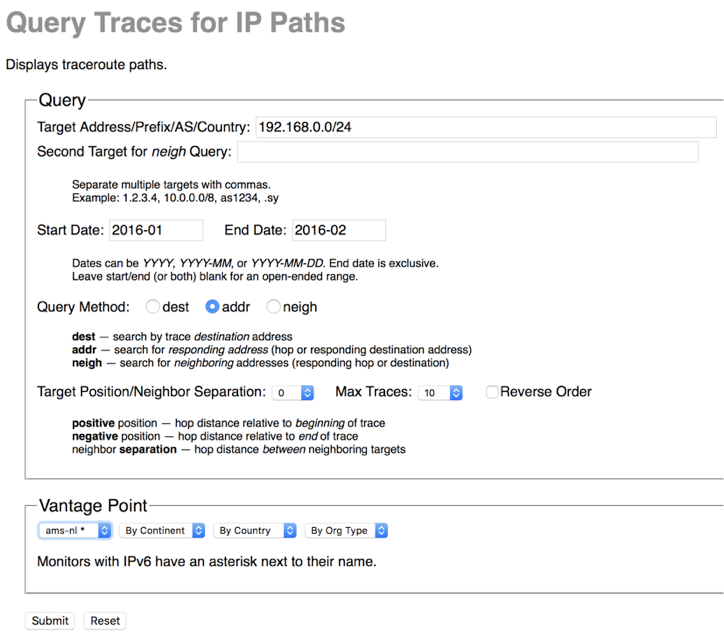Help save the Internet: Install the new Spoofer client (v1.1.0)!
Sunday, December 18th, 2016 by Josh PolterockThe greatest security vulnerability of the Internet (TCP/IP) architecture is the lack of source address validation, i.e., any sender may put a fake source address in a packet, and the destination-based routing protocols that glue together the global Internet will get that packet to its intended destination. Attackers exploit this vulnerability by sending many (millions of) spoofed-source-address packets to services on the Internet they wish to disrupt (or take offline altogether). Attackers can further leverage intermediate servers to amplify such packets into even larger packets that will cause greater disruption for the same effort on the attacker’s part.
Although the IETF recommended best practices to mitigate this vulnerability by configuring routers to validate that source addresses in packets are legitimate, compliance with such practices (BCP38 and BCP84) are notoriously incentive-incompatible. That is, source address validation (SAV) can be a burden to a network who supports it, but its deployment by definition helps not that network but
Over the past several months, CAIDA, in collaboration with Matthew Luckie at the University of Waikato, has upgraded Rob Beverly’s original spoofing measurement system, developing new client tools for measuring IPv4 and IPv6 spoofing capabilities, along with services that provide reporting and allow users to opt-in or out of sharing the data publicly. To find out if your network provider(s), or any network you are visiting, implements filtering and allow IP spoofing, point your web browser at http://spoofer.caida.org/ and install our simple client.
This newly released spoofer v1.1.0 client has implemented parallel probing of targets, providing a 5x increase in speed to complete the test, relative to v.1.0. Among other changes, this new prober uses scamper instead of traceroute when possible, and has improved display of results. The installer for Microsoft Windows now configures Windows Firewall.
For more technical details about the problem of IP spoofing and our approach to measurement, reporting, notifications and remediation, see the slides from Matthew Luckie’s recent slideset, “Software Systems for Surveying Spoofing Susceptibility”, presented to the Australian Network Operators Group (AusNOG) in September 2016.
The project web page reports recently run tests from clients willing to share data publicly, test results classified by Autonomous System (AS) and by country, and a summary statistics of IP spoofing over time. We will enhance these reports over the coming months.
This material is based on research sponsored by the Department of Homeland Security (DHS) Science and Technology Directorate, Homeland Security Advanced Research Projects Agency, Cyber Security Division (DHS S&T/HSARPA/CSD) BAA HSHQDC-14-R-B0005, and the Government of United Kingdom of Great Britain and Northern Ireland via contract number D15PC00188. Views should not be interpreted as necessarily representing the official policies or endorsements, either expressed or implied, of Department of Homeland Security, the U.S. Government, or the Government of United Kingdom of Great Britain and Northern Ireland.
